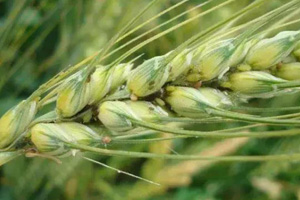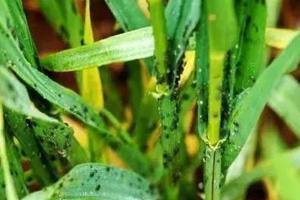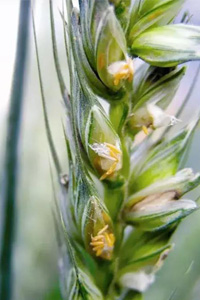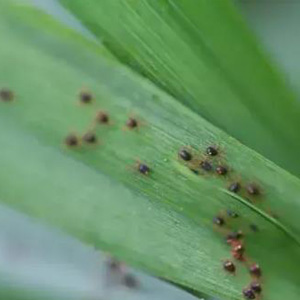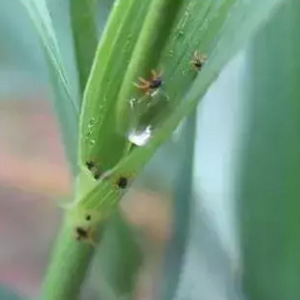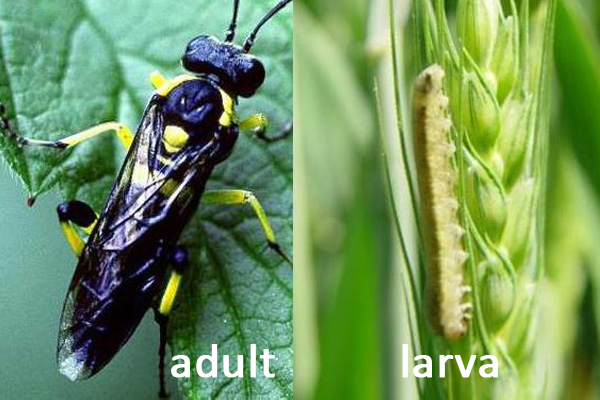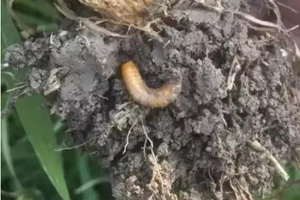Wheat aphids
Wheat aphids swarm on leaves, stems, and ears to suck sap. Small yellow spots appear at the victim, and then become streaks, and the whole plant becomes withered to death.
Wheat aphids puncture and suck wheat and affect wheat photosynthesis. After heading stage, aphids concentrate on the ears of wheat, forming blighted grain and reducing yield.
Control measures
Using 2000times liquid of Lambda-cyhalothrin25%EC or 1000times liquid of Imidacloprid10%WP.
Wheat midge
The larvae lurk in the glume shell to suck the juice of the wheat grains that are being grated, causing chaff and empty shells.
Control measures:
The best time for midge control: from jointing to booting stage. During the pupal stage of midges, it can be controlled by spraying medicinal soil. During the heading and flowering period, it is better to choose insecticides with longer time-effectiveness, such as Lambda-cyhalothrin + imidacloprid, and they can also control aphids.
Wheat spider (also known as red spider)
Yellow and white dots appear on the leaves, the plants are short, weak, shrunken, and even the plants die.
Control measures:
Abamectin 、imidacloprid 、Pyridaben.
Dolerus tritici
Dolerus tritici damages leaves of wheat by biting . The wheat leaves can be eaten up entirely.Dolerus tritici only damages the leaves.
Control measures:
Usually, the Dolerus tritici doesn’t cause too much harm to the wheat, so it is not necessary to spray. If there are too many insects, you need to spray them. General insecticides can kill them.
Golden needle worm of wheat
The larvae eat the seeds, sprouts, and roots of wheat in the soil, causing the crops to wither and die, or even destroy the entire field
Control measures:
(1) Seed dressing or soil treatment
Use imidacloprid, thiamethoxam, and carbofuran to treat seeds, or use thiamethoxam and imidacloprid granules for soil treatment.
(2) Root irrigation treatment or spraying
Use phoxim, lambda-cyhalothrin for root irrigation, or spray directly on the roots.
Post time: Aug-14-2023


